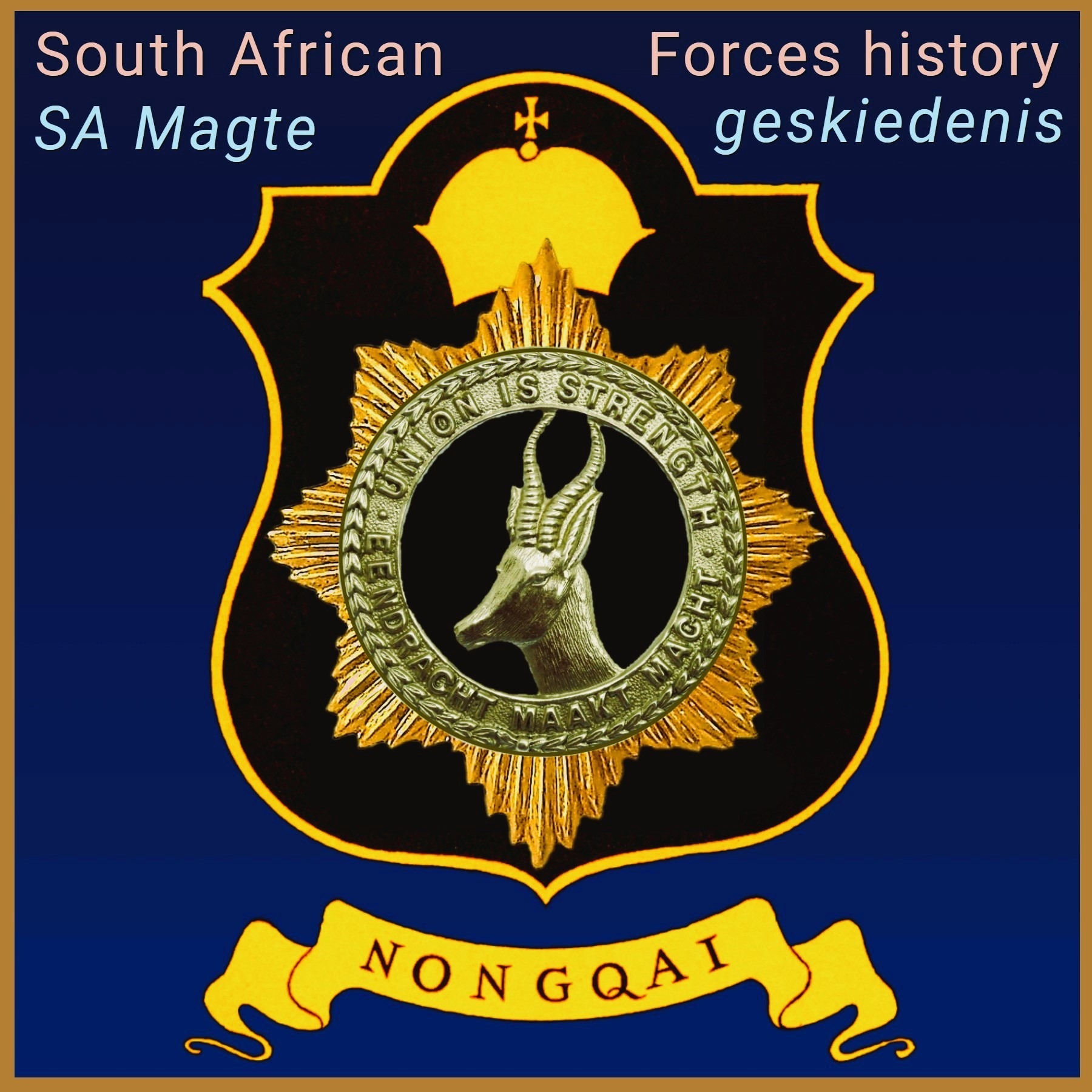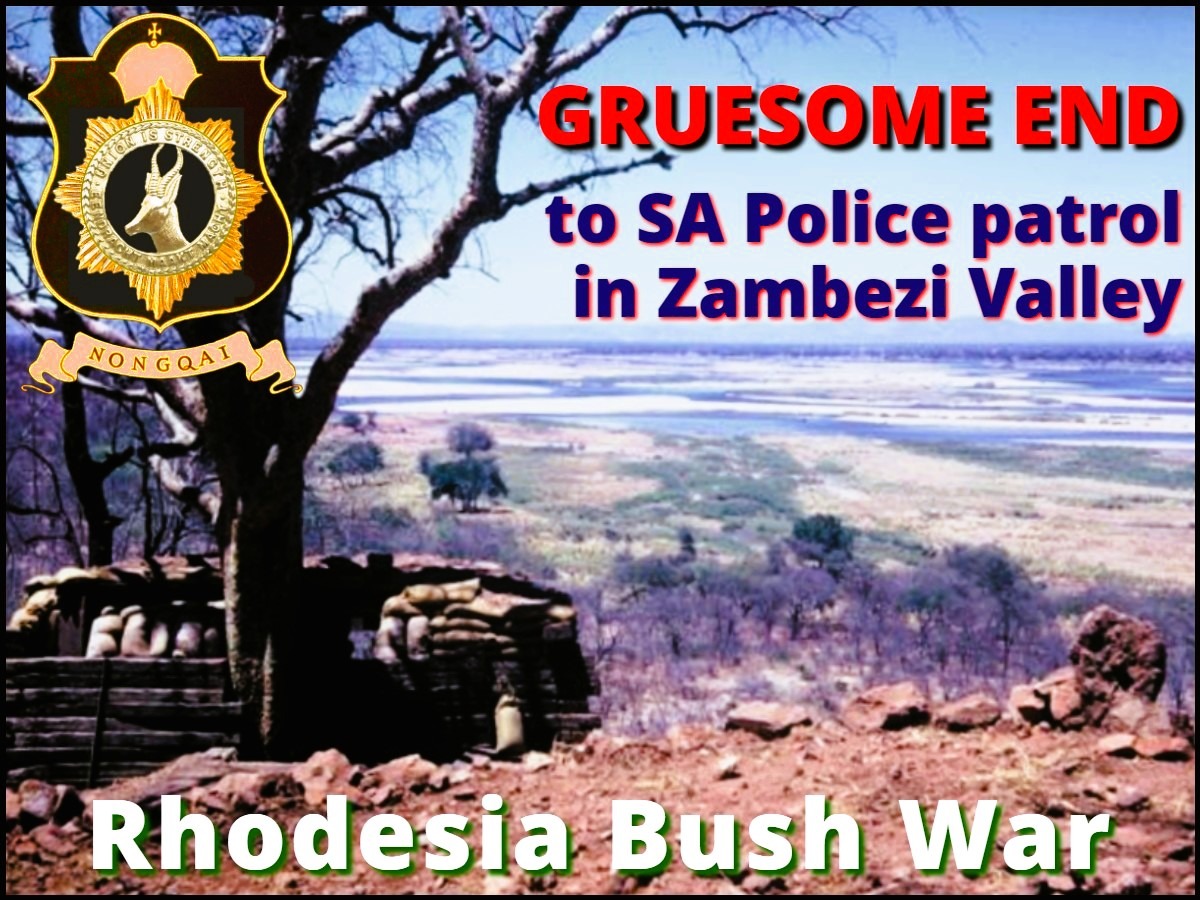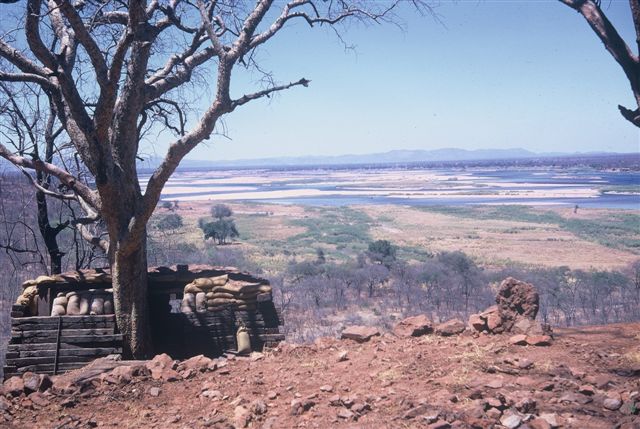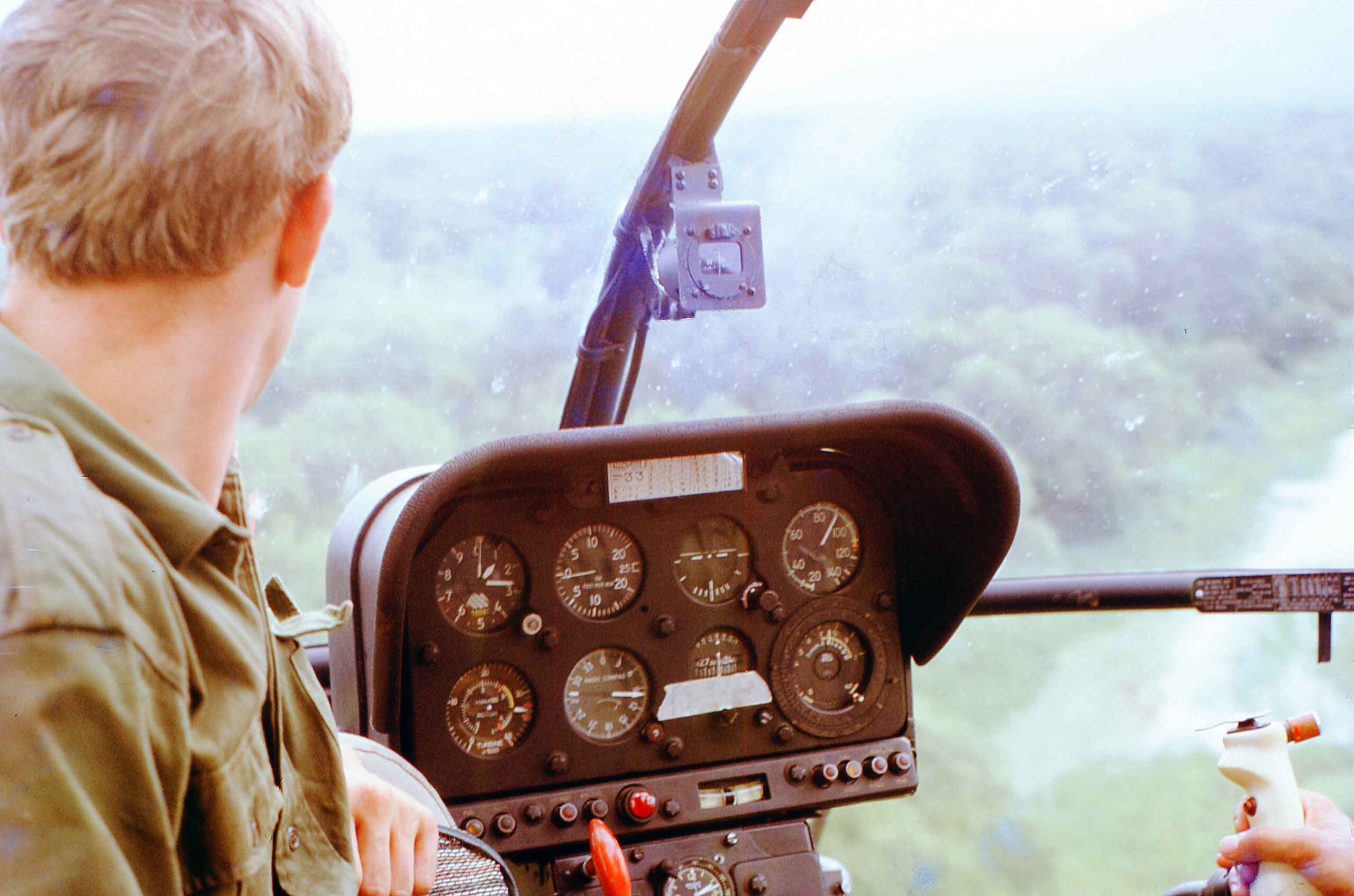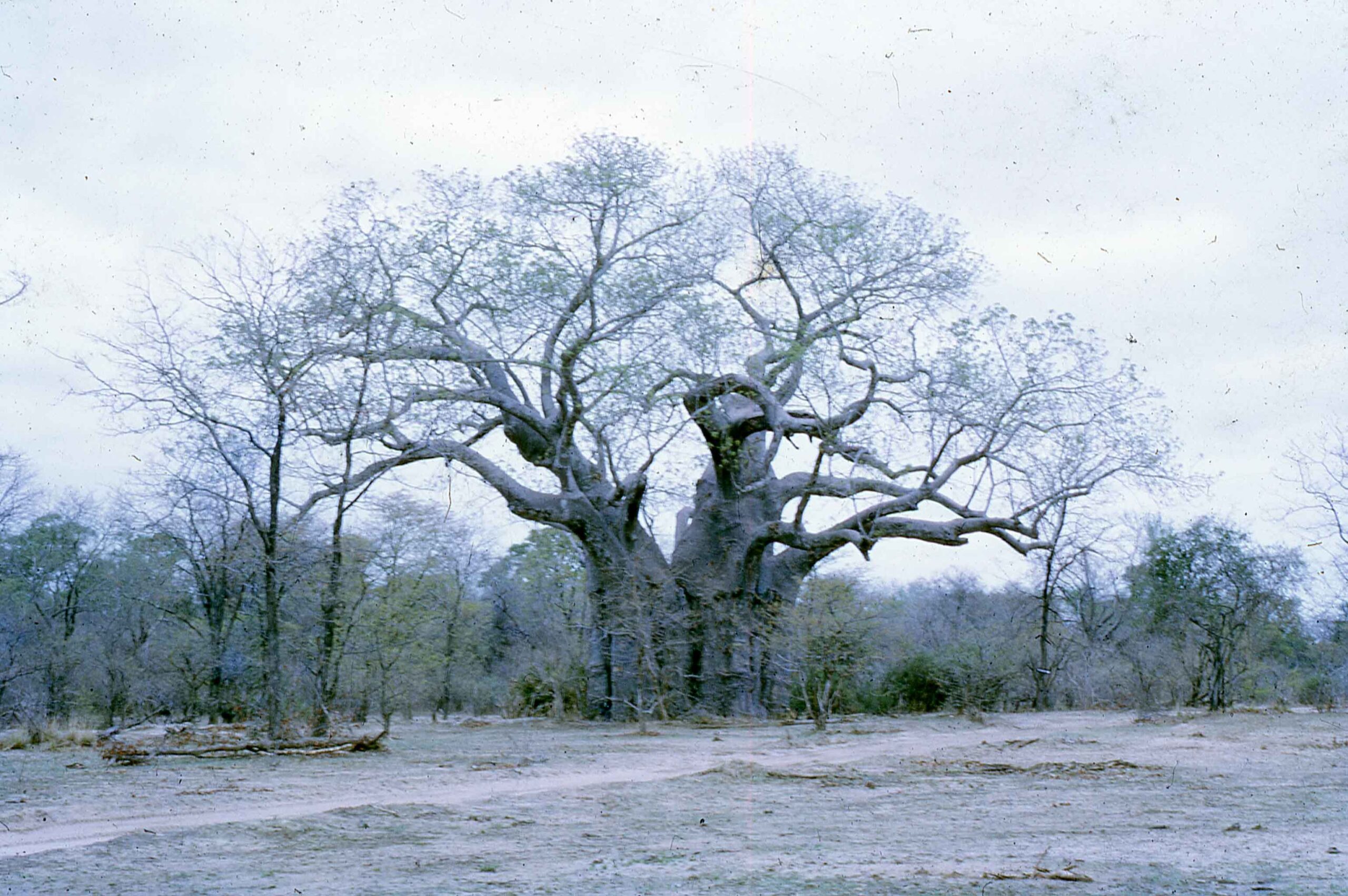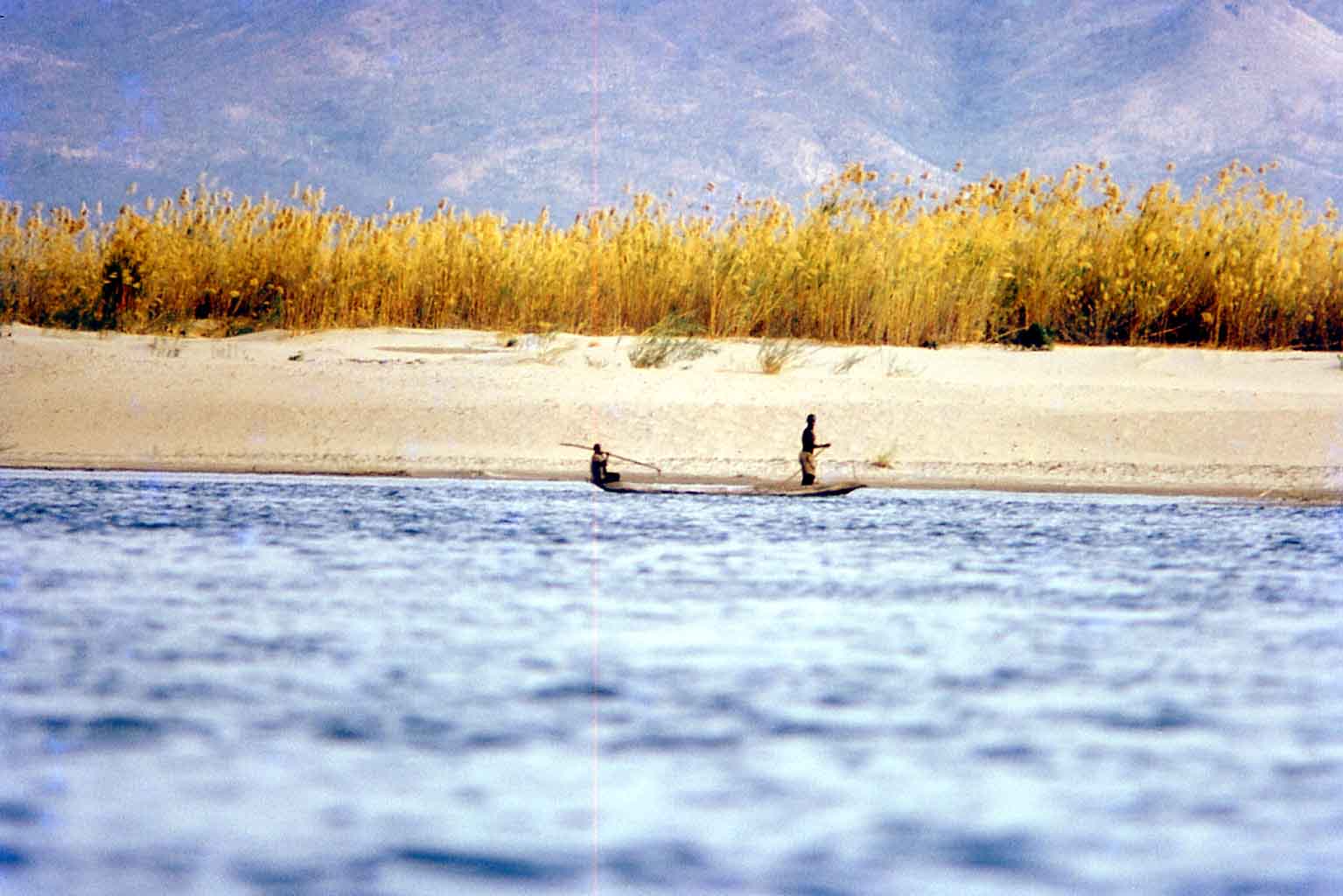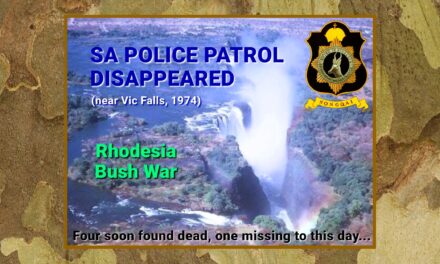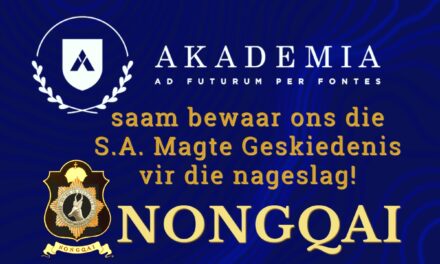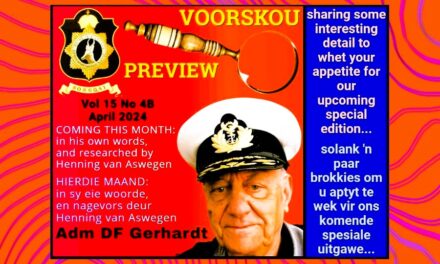ABSTRACT: In October 1974 a patrol of SA Policemen deployed along the Zambezi River went missing. Trackers were sent in and eventually found that the SAP contingent had bedded down around a small camp fire. They must have taken their clothes off, as naked, half-burned bodies twisted in grotesque forms dotted the area and, in some cases, the brown issue nylon sleeping bags had melted and stuck to their remains. At first glance there appeared to be no survivors. However, two survivors were later saved – they were in a terrible state.
KEYWORDS: ‘C’ Camp, Chirundu, Don Price, Hennie Pretorius, Major Harry Harvey, No W56068K Constable L.J. Buys, No W60279K Constable M. Erasmus, Pete Clemence, Rob Johnstone, Stretch Franklin, Zambezi River, and Zambezi Valley.
AUTHOR: Major Don Price (BCR, RLI and ex-Selous Scouts and Tracking Wing)
- SA POLICE PATROL MISSING DURING RHODESIAN BUSH WAR: GRUESOME DISCOVERY 0%
Major Don Price recounts: One of my first deployments at Kariba at the beginning of October 1974 was when Pete Clemence, Stretch Franklin, Hennie Pretorius and I reacted to an attack on some South African policemen deployed in the Zambezi River Valley, in the vicinity of ‘C’ Camp downstream from Chirundu. It was still dark when I was summonsed to the Signals Office of 2 (Indep) Coy. It had sounded urgent so I ran the short distance down the hill from Tracking Wing to find out what the problem was. Major Harry Harvey was waiting to brief me.
‘Don, I want you to quickly assemble a tracker team for deployment into the Zambezi Valley. As you know, the SAP lads are deployed down there but the Coy HQ based at Chirundu is unable to make contact with one of its call-signs out on patrol along the river. There have been reports from local fishermen of heavy small-arms fire coming from their general direction so I want you to check it out. A Cyclone 7 (G-car) will be up here from FAF 2 in approximately thirty minutes to fetch you guys, so you don’t have much time.’
After giving orders to Rob Johnstone, my WO 2 and 2IC, I left him with Pete to continue with the running of the current tracking course and jogged down to the single quarters at the barracks where I briefed Pete, Andre, Stretch and Hennie. We were all ready to go almost immediately. The promised chopper arrived soon after and we emplaned in the parking lot on top of the hill.
Soon we were thundering out of the Army Camp, dropping into the Zambezi River gorge and flying at breakneck speed low level, right on top of the trees. We flew at tree top level and in the early morning it was truly a breathtaking experience to see all the different species of wild life that broke from cover in front of us. Elephant, buffalo, scores of different plains game and even a large maned lion spooked and ran for the thick jesse. On we flew, and as the sun broke the horizon we encountered more and more animals; it really was spectacular.
It was not long before the Chirundu Bridge came into view with the SAP Company base clearly visible on top of a small hill. We crossed the main tar road from Salisbury to Lusaka with the bridge to our left, then we swooped down over the river and on we sped at low level as hippo, crocs and birds scattered bomb-shell style before us. When we reached the approximate area, the pilot pulled up and as we began a wide orbit, I signaled the lads to look out for the SAP on the ground.
Suddenly the tech yelled, ‘Over there!’ and pointed back towards the Zambezi. ‘See that burnt out area?’ The pilot banked sharply and the blades beat the air making a thudding noise. On high alert now, we scrutinised the bush below which was predominantly mopani woodland with the occasional baobab tree. Sure enough, we could make out a charred area about 100 metres back from the Zambezi River bank. As we circled the pilot tried to raise the call-sign on the ground. Suddenly Andre shouted to me, ‘Ishe!’ and pointed downwards out of the open helicopter towards the burnt area. What could he see? I strained my eyes and then, there in amongst the burnt vegetation, I could make out what appeared to be charred and burning bodies. Before landing we circled once again just to make sure the area in close proximity was clear of the enemy.
The chopper flared, and with its nose up we settled in a small clearing, clouds of black dust billowing around us, an aftermath of the fire. Immediately the pilot’s head dropped and he nodded vigorously which was our signal to deplane. We hit the ground running and, with weapons cocked, positioned ourselves a short way from the aircraft all facing outwards in a 360. The chopper then lifted and headed off north to gain altitude and cover the river for us.
The scene that awaited us was not pleasant. We could clearly see where the SAP contingent had bedded down around a small camp fire. They must have taken their clothes off, as naked half-burned bodies twisted in grotesque forms dotted the area and in some cases the brown issue nylon sleeping bags had melted and stuck to their remains. These there were all dead and there appeared to be no survivors.
We scouted the area and picked up where the group, numbering possibly six terrs, had beached their rubber dinghy a short distance away and approached the sleeping SAP patrol. It was obvious from the empty 7.62 mm intermediate cartridge cases found around the bodies that the terrorists had opened up on the SAP men from close range. There was no evidence that any fire had been returned. Their kit and equipment had been looted by the enemy who had got away with weapons, webbing, backpacks and possibly even radios. Items deemed non-essential littered the surrounding area.
I radioed our findings back to the chopper orbiting above. I was contemplating our next move when, pointing northwards Hennie Pretorius called, ‘Ishe, looks like two SAP men have gapped it into the bush.’ We joined Hennie and sure enough, even though the ground was stony and far from ideal for tracking, we could make out scramble marks, foot prints, with toes splayed, strides wide apart, confirmation that two men had escaped running from the carnage of the surprise attack.
‘Okay guys, here’s the plan. I will call for pick-up while you three attempt to track and follow the SAP. It’s imperative you locate them, as by now they must be completely lost and desperate. I’ll help the tech load the bodily remains and we’ll get them back to Chirundu where I’ll refuel and return asap.’
Flying due north on the last known direction as we returned a few hours later it was not long before the chopper radio crackled to life and I received a sitrep from Andre. The night of the attack had been extremely dark with no moon and apparently the two surviving SAP had run astride of each other about twenty metres apart. My guys had followed the tracks for about ten kilometers to a point where the two men had become separated.
We soon located the follow-up group from the air and searched ahead in the general direction the SAP must have run. Suddenly the radio burst back to life: ‘Chopper, chopper …kom in, kom in!’ came the frantic shout. ‘Chopper! Jy moet land!’ Amazing they had a radio!
We continued to circle and finally the chopper tech spotted a naked figure huddled next to a tree. We landed and the poor guy was a sight to behold. His body was all scratched up from running through thorn bushes, his bare feet a complete mess, bloody and so swollen that he could hardly hobble to the chopper. The poor guy was extremely traumatized. When the tech covered his shoulders with a red emergency blanket we noticed how badly sunburned he was. His back was one big blister, whilst his neck, arms and torso were crimson and burning hot. He was so dehydrated he couldn’t speak.
It took three more hours for tracker Team Tango to locate the second policeman, who was in a similar state to his mate. The chopper flew the two casevacs to Chirundu whilst we found some shade under a pod mahogany tree and waited for our ride to return. Apparently members of this SAP patrol had been told not to show themselves on the river but they had disobeyed this order and paid the price. The ZIPRA terrorists had watched them from the Zambian side and then when the time was right, crossed over in their rubber raft, walked a short distance and killed them while they slept.
Initially the SAP training was not adequate for the task and the men sent on border duty did not really know what they were getting themselves into. These were city policemen, who had probably never been in the wilds before (fortunately, their training improved as the Rhodesia bush war progressed). Tracking Wing assisted the SAP as trackers on many more incidents in the Zambezi Valley, but thankfully none of the call-outs were ever as bad as finding that lost patrol.
In summing up, it is assumed that in the early hours of Tuesday, 1 October 1974, a ZIPRA gang crossed the Zambezi River 30 kilometres east of Chirundu and staged a hit and run attack on the sleeping South African Police patrol. Their grenades killed two policemen, Constables L.J. Buys and M. Erasmus, and seriously wounded two others as well as setting the area ablaze and charring the bodies. The patrol had not posted sentries. The gang had then crossed back to Zambia. (NYE).

